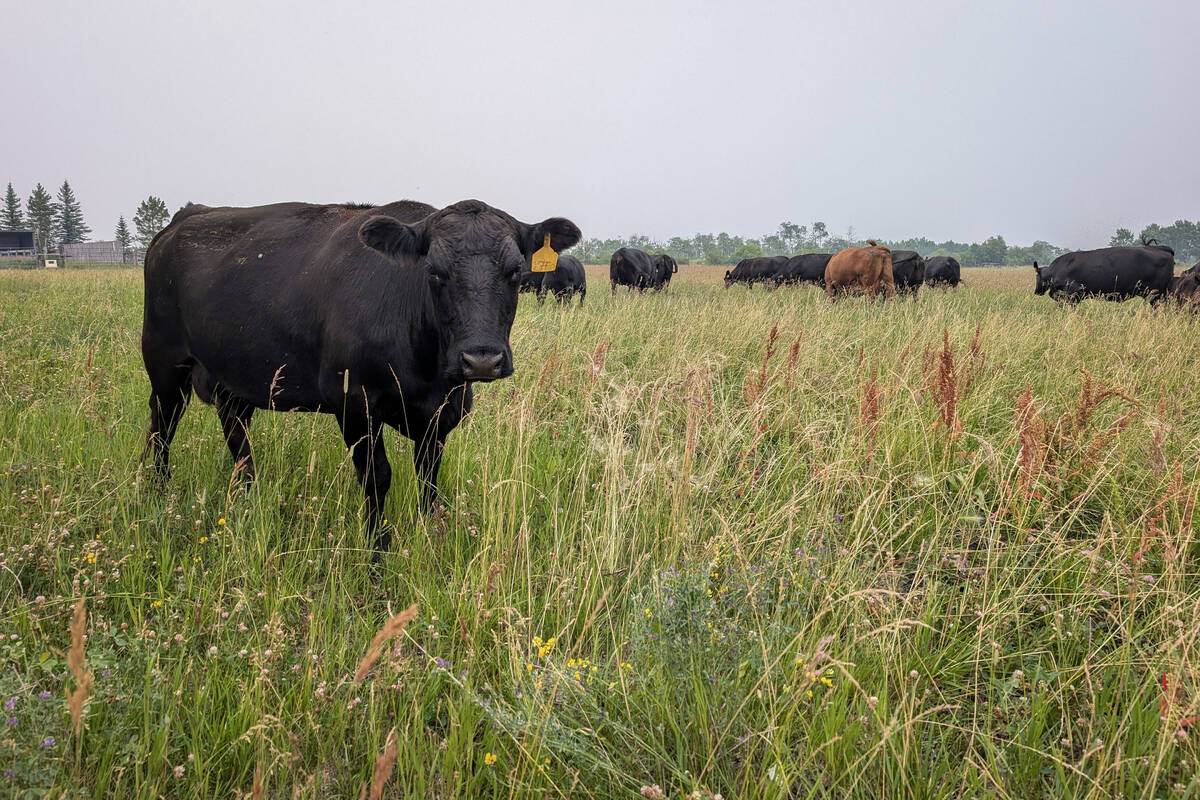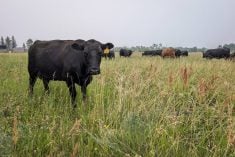By Theopolis Waters
CHICAGO, March 5 (Reuters) – Hog futures at the Chicago Mercantile Exchange rallied the three-cent daily price limit on Wednesday on expectations that pork supplies will tighten as a deadly pig virus spreads through the U.S. hog industry, traders said.
The market backed off its early highs as traders took profits. CME lean hogs for April delivery, the only nearby month to end lower, closed 0.950 cent per pound down at 110.725 cents, after hitting a session high of 114.675 cents.
May, June, July and August all closed higher, with actively traded June ending 2.000 cents higher at 117.750 cents.
Read Also

Cattle group asks Canada to break off U.K. trade agreement
Canadian Cattle Association cites little effort to fix ‘non-tariff barriers,’ which they say have already been a problem for getting Canadian beef market access to the U.K.
“What we saw at first was panic buying across the board driven by heavy speculation regarding spread of the hog virus,” said Dan Vaught, economist at Doane Advisory Services in St. Louis, Missouri.
Porcine Epidemic Diarrhea virus, known as (PEDv), fatal to baby pigs and first found in May 2013, is expected to shrink the hog herd beginning in the spring of 2014 through the rest of the year.
As of Feb. 16, the number of confirmed cases of PEDv exceeded 3,800 in 25 states, according to the U.S. Department of Agriculture’s National Animal Health Laboratory Network.
There are no official numbers regarding how many pigs have actually died from the disease, although analysts and economists put losses at roughly four million hogs.
“The break in the market was technical in nature with too many funds long and they’re trying to lighten up a little bit,” said Chicago-based Linn Group analyst John Ginzel.
“They’re too big in size relative to the liquidity in the market, so they create tremendous volatility,” he said.
Judging by CME hog futures’ surge to record highs this week, traders are anticipating a possible seven to 10 percent reduction in supplies during the March through July period pegged to PEDv, Purdue University farm economist Chris Hurt wrote in his newsletter this week.
“How will the losses reduce slaughter supplies this spring and summer and for the rest of 2014? No one knows the correct answer,” Hurt said.
This week, CME hogs notched new highs while taking their cue from the recent jump to seasonal tops in prices for market-ready animals and wholesale pork, both attributed to tight supplies.
Accounts have emerged of the pig virus severely constricting hog deliveries in the eastern Midwest. That has led to packers aggressively buying hogs, and grocers stocking up on pork, to offset potential supply shortages later, industry sources said.
USDA estimated packers this week processed 1.224 million hogs, 47,000 fewer than a week ago and 61,000 fewer than a year earlier.
Industry sources attributed the shortfall more to harsh winter weather on the East Coast that forced the shutdown of a major hog packing plant in the region than to the influence of PEDv.
“I think people are anticipating this rather than relying on current numbers as a guide because the last three weeks, slaughter numbers ran slightly above a year ago,” Vaught said.














